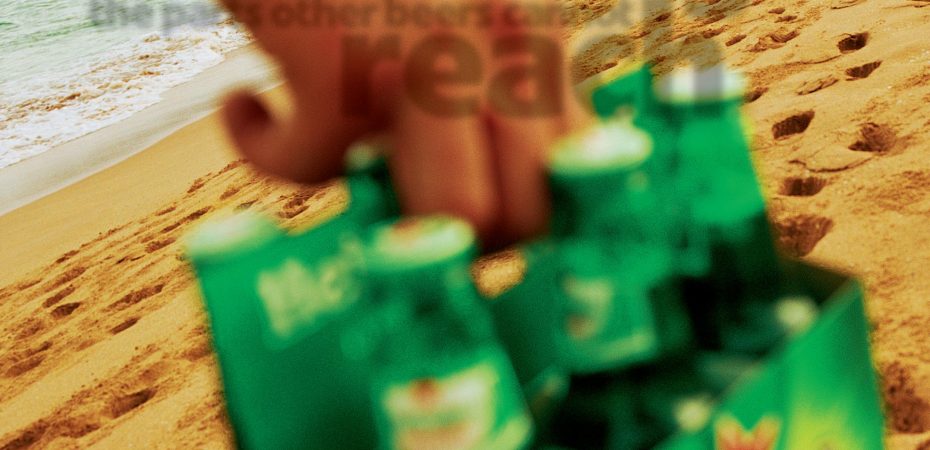Small country, big beer. Heineken is a beer colossus, the world’s fourth biggest producer and, the company claims, the most profitable. This success has been built by breaking out of the straight jacket of the Dutch market, with a population of just 14 million, and going global.
The figures spelt out to visitors to the Dutch head office and brewery at Zoeterwoude outside Amsterdam are mind-boggling. The group produces 118 million hectolitres of beer a year. It owns 130 breweries in 65 countries, employs 57,000 people, has such other famous brands as Cruzcampo (Spain), Moretti and Dreher (Italy) and Bingtang (Indonesia) in its portfolio, and is building a major presence in the emerging markets of China and Russia.
It’s all a long way removed from the humble origins of the company in 1863. Gerard Adriaan Heineken was so appalled by the depravity and drunkenness caused by gin drinking in Amsterdam that he told his mother he would make healthy beer for the masses if she would buy a brewery for him. Mrs Heineken dutifully broke open her piggy bank and bought De Hooiberg – the Haystack – brewery, the largest in the Dutch capital, with records going back to 1592.
Heineken was an instant success. Within a few years he had built a second brewery in Amsterdam and opened a third plant in Rotterdam by 1873. The Haystack closed long ago but it remains a potent symbol of the history and growth of the company, with every Heineken brewery throughout the world sporting a Haystack bar. Heineken, which merged with its great Amsterdam rival, Amstel in 1968, grew to dominate the Dutch market, accounting for half the beer produced in the country. The company was busy in export markets for many years, but its global success was created by the remarkable figure of Alfred Heineken, known as Freddy, who died in 2002 after a career spanning 60 years with the brewery.
When Freddy, grandson of the founder, joined Heineken it was a public company, but he was determined to restore it to family control. With the support of the banks, he achieved this aim in 1954 and set about turning Heineken into a global giant.
He believed in strong branding. He dumped such folksy images as Dutch windmills and achieved international success by putting his beer into attractive green bottles with a red star logo. Today 80 per cent of Heineken’s income comes from overseas sales, though the company’s presence in the Dutch market is daunting: Grolsch, based in Enschede near the German border, is another big export brewer but is tiny compared to Heineken.
The Rotterdam plant was built solely for export. It became surplus to requirements when breweries were built abroad and Heineken now supplies the Dutch market with plants at Zoeterwoude and Den Bosch, the latter 50 kilometres south of Amsterdam. The main Amsterdam brewery closed in 1988 and is now a visitor centre and museum called the Heineken Experience that attracts 300,000 visitors a year.
Article continues in Beers of the World magazine issue 14

